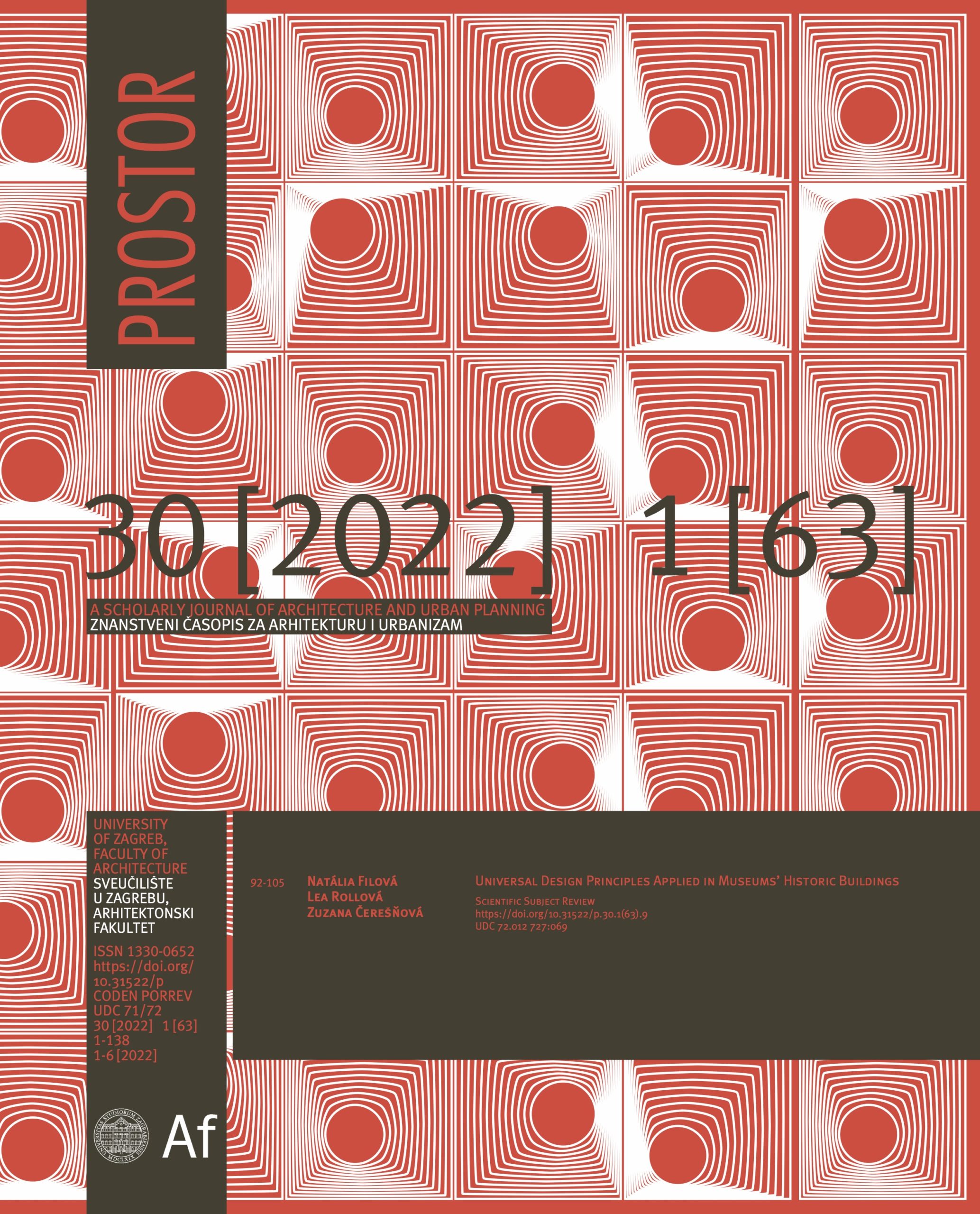ABSTRAKT
Museums represent an architecturally multifaceted typology. Regardless of their variant focus, their current task is to provide an opportunity for cultural, educational, and exploratory experience for all. The accessibility of the physical environment is important, but so is the accessibility of the perception of the exhibition. This paper deals primarily with spatial and design qualities, which determine the degree of inclusion in museums. The principles of Universal Design (UD) are considered in this regard; therefore, the article reviews means of applying these principles in museums theoretically, and also practically, through on-site evaluation using checklists. Specifically, solutions beneficial for inclusion are examined in an outstanding example, the Graz Museum Schlossberg, which demonstrates many inclusive prin- ciples. The aim of the article is to support suitable ways to implement UD in museum architecture with a historical background, one which would meet the needs of the largest possible range of visitors and preserve the historical value of architecture. Beneficial ideas from theory and practice should also be applicable in the future and are commented on in the article.
 späť
späť


